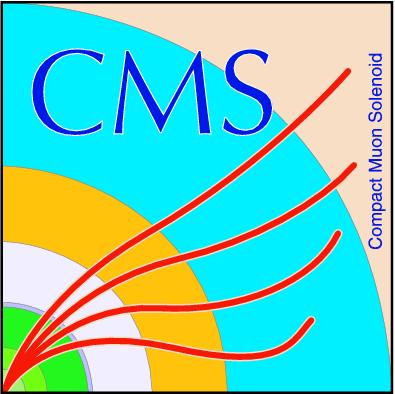
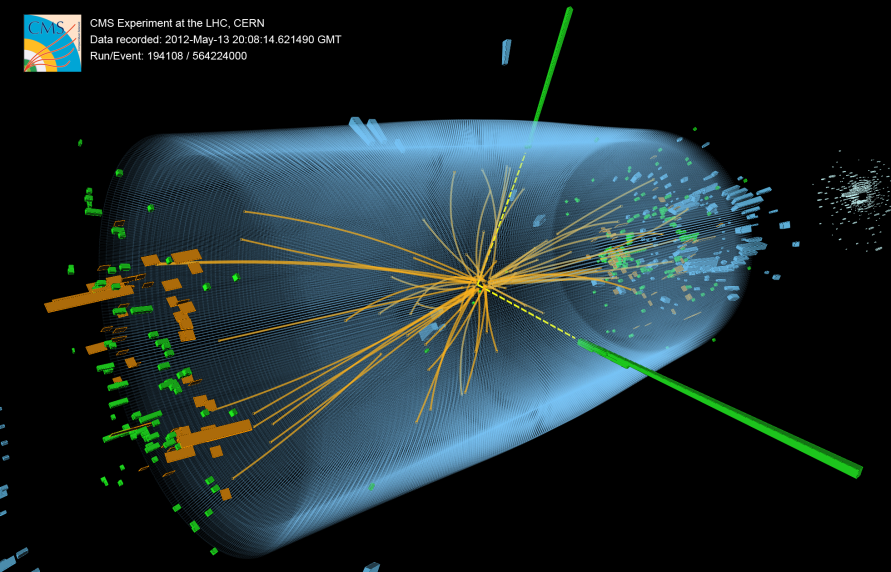
Compact Muon Solenoid
LHC, CERN
| CMS-PAS-B2G-23-009 | ||
| Search for single production of a vector-like T quark decaying to a top quark and a neutral scalar boson in lepton+jets final states at $ \sqrt{s}= $ 13 TeV | ||
| CMS Collaboration | ||
| 17 May 2025 | ||
| Abstract: A search for single production of a vector-like T quark with charge 2/3$ e $, in the decay channel with a top quark and a neutral scalar boson $ \phi $ is presented. The $ \phi $ boson can be a standard model Higgs boson or a new particle beyond the standard model. The top quark is identified in its leptonic decay, and the neutral boson decays into a bottom quark-antiquark pair. Final states with boosted topologies are considered and machine learning techniques are exploited for optimal classification. The analysis uses data collected by the CMS experiment in proton-proton collisions at a center-of-mass energy of 13 TeV, corresponding to an integrated luminosity of 138 fb$ ^{-1} $ recorded at the CERN LHC in 2016-2018. Limits at 95% confidence levels are set on the product of the cross section and branching fraction for a T quark of small decay width. They are in the range between 15 and 0.15 fb, depending on T quark and $ \phi $ boson masses. In the case of the decay channel with a top quark and a standard model Higgs boson, for most of the studied range the analysis provides limits which are better or comparable with previous searches performed in CMS. | ||
|
Links:
CDS record (PDF) ;
CADI line (restricted) ;
These preliminary results are superseded in this paper, Submitted to JHEP. The superseded preliminary plots can be found here. |
||

|
Compact Muon Solenoid LHC, CERN |
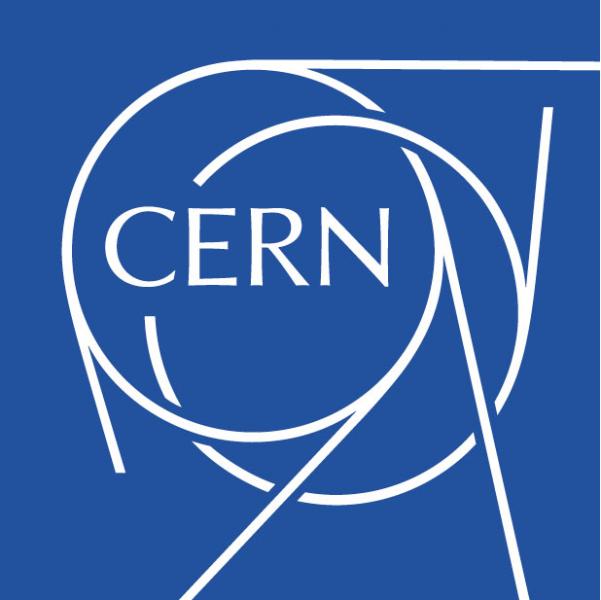
|
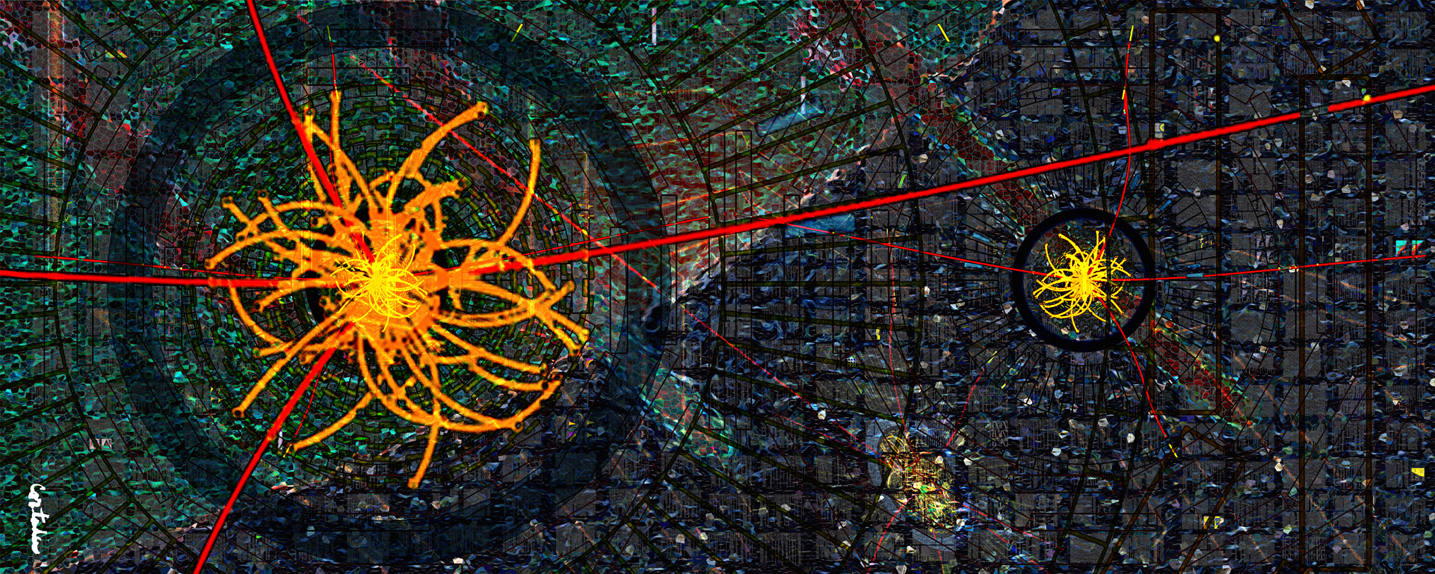
|
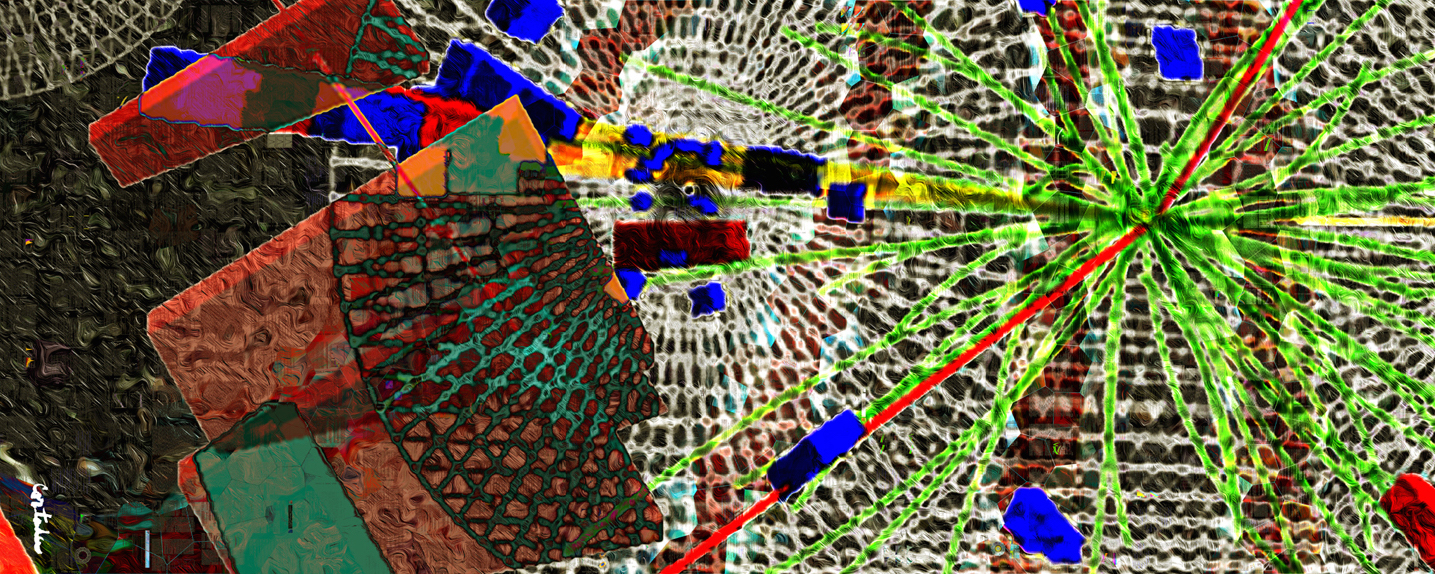
|
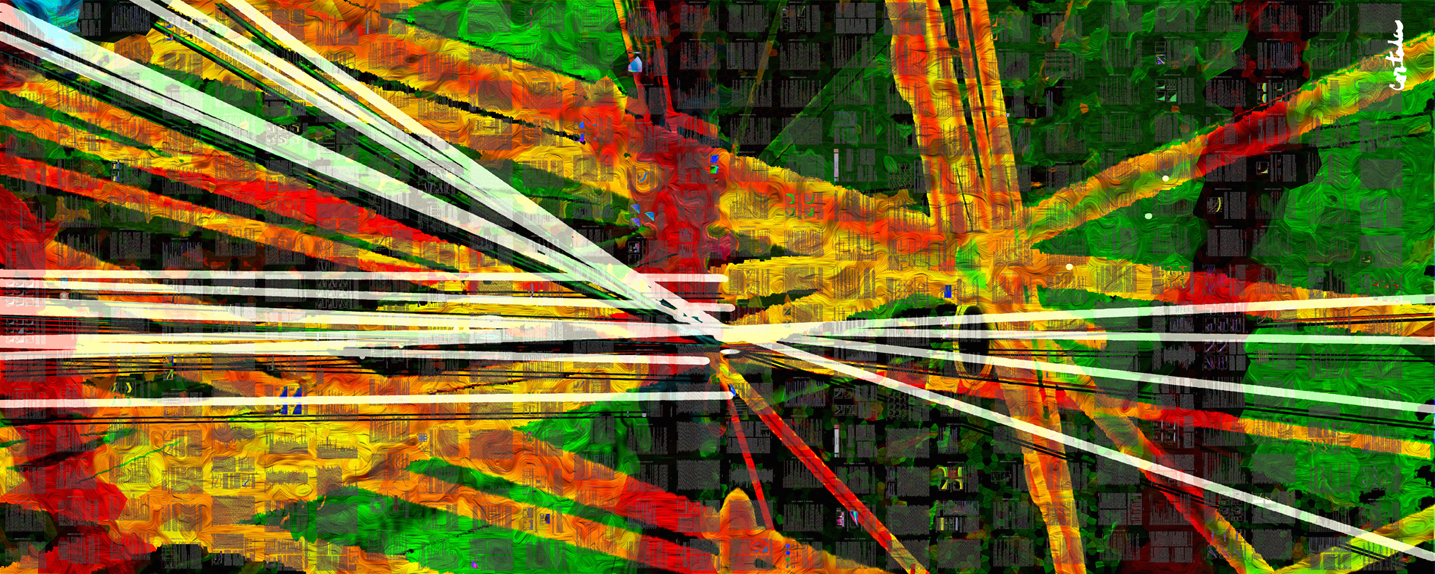
|
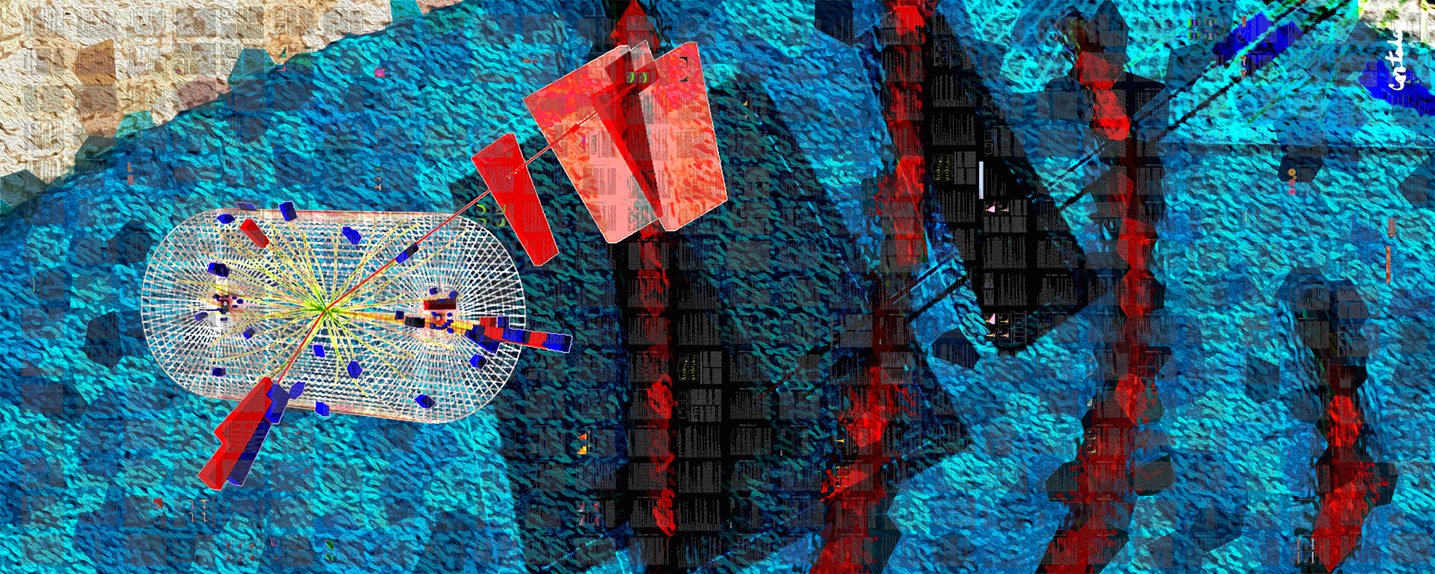
|
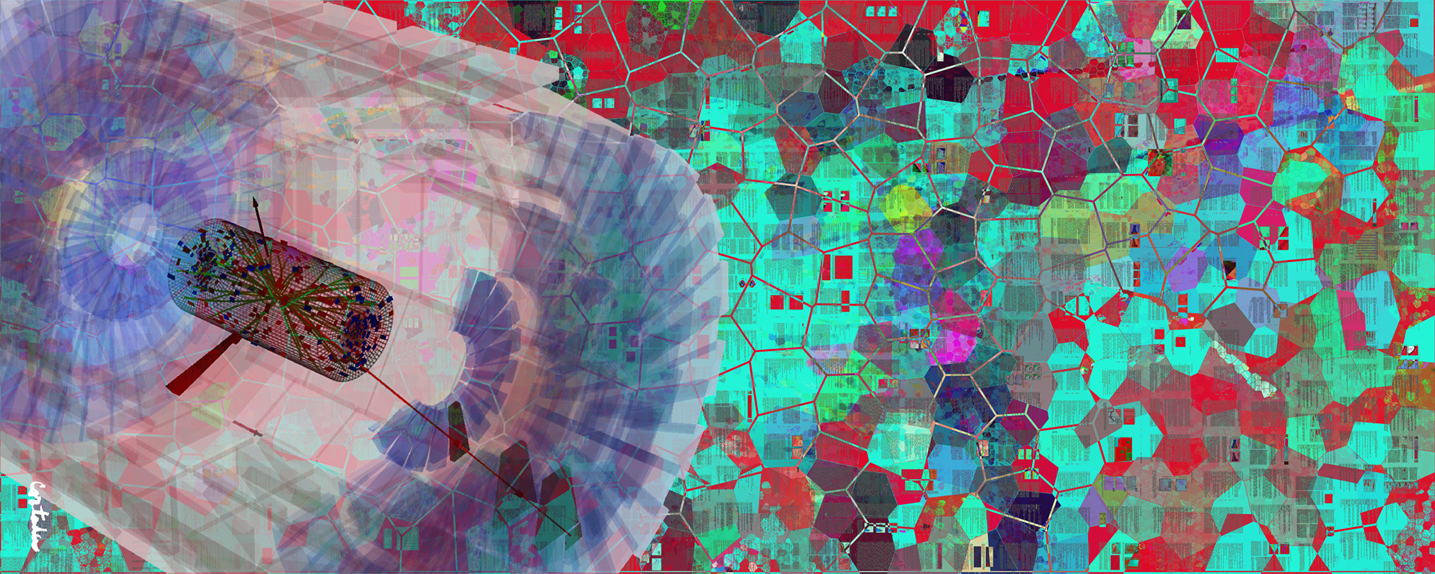
|